Reportar esta entrada
Más sobre la misma comunidad-colección
Fray Garcia de San Francisco - El Paso, Tejas
Fray Garcia De San Francisco - El Paso, Texas - " The Mission ...
Primeros Pasos Octavo Muro de Gigantes - El Paso, Texas
El Paso’s Eighth Wall of Giants First Steps: A Commemoration ...
Recuerdos atléticos y de la banda de CHS - El Paso, Texas
Cathedral High School Band and Athletic mementos. 2017
Memorial de la Segunda Guerra Mundial - El Paso, Tejas
The Greatest Generation During this exhibit, discover the ...
Hermano Amedy Long - El Pas, Tejas
Brother Amedy Long (1914-1984) Brother Cecilian Amedy (Joseph ...
Materiales de Escuela - El Paso, Tejas
Textbook Covers, 1960s and 1988 and Drafting Table 1930.The ...
Linea de Tiempo - El Paso, Tejas
Timeline for the Eighth Wall of Giants at the El Paso Museum of ...
William H. Fryer - El Paso, Tejas
William H. Fryer, AFSC (Affiliated Member of the Brother of the ...
Breviario de sacerdote y Alba - El Paso, Tejas
Priest Breviary, 1930s and Alb worn during the Cristero War when ...
Vestimentos del Obispo Anthony Schuler - El Paso, Tejas
Bishop Anthony Schuler’s Vestments (chasuble, mitre, cincture, ...
Ceremonia de la exposición First Steps (primeros pasos) - 2017 - El Paso, Texas
First Steps Exhibit Ribbon Cutting Ceremony - 2017 - El Paso, ...
The Turner Home - El Paso, Texas
El Paso Medical Museum - 1301 Montana Avenue • El Paso, Texas ...
Little Bit of Heaven - El Paso, Texas
Enjoying a night out at the popular country themed bar Little ...
Getting Ready For Deployment - 2014
Picture of me( SFC Morin) - ready for deployment in the year ...

















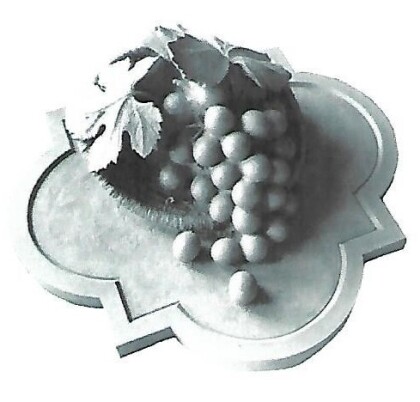
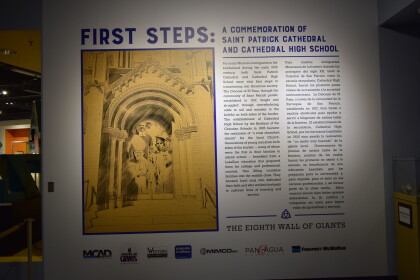
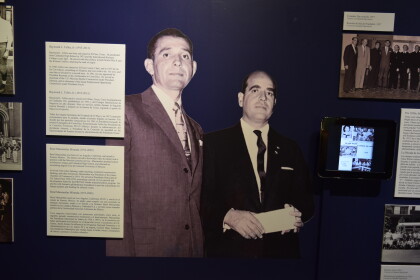
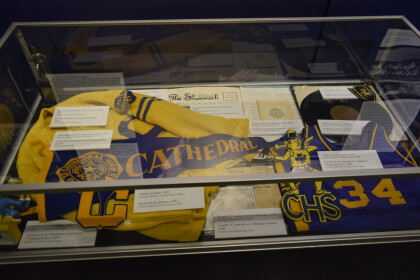
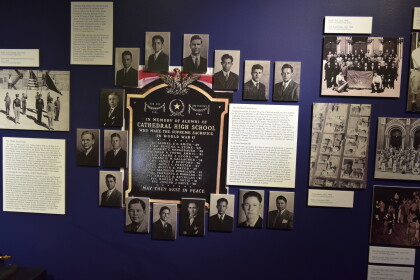
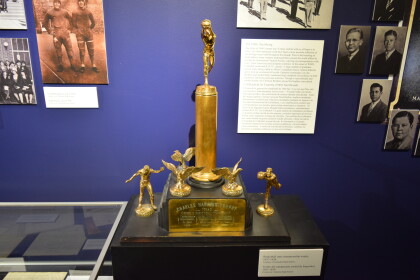
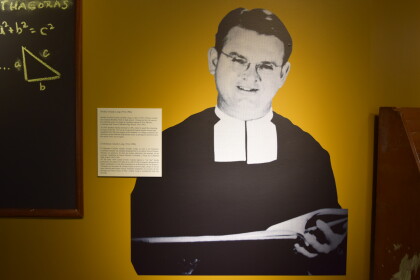
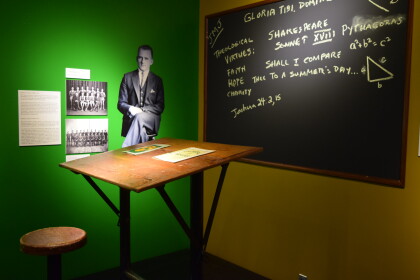
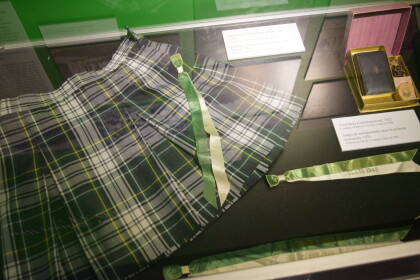
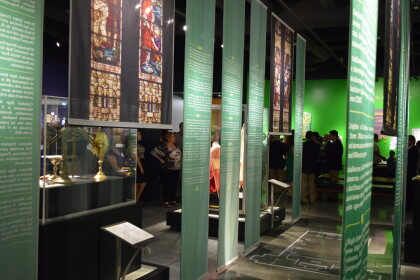
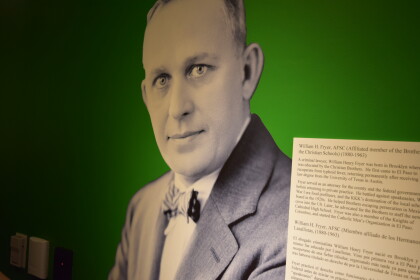
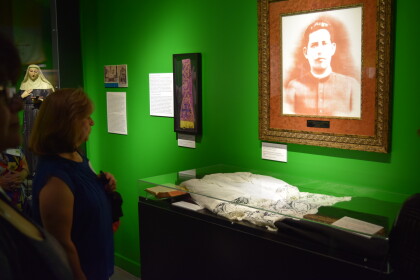
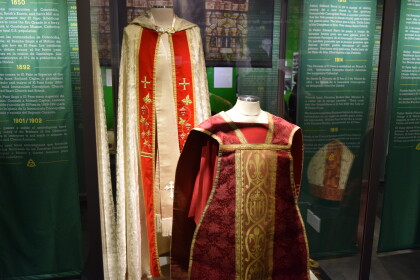

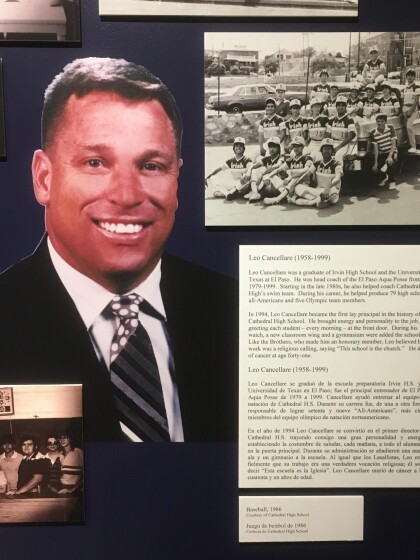
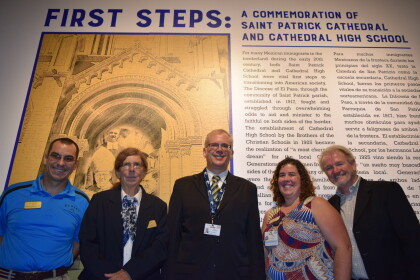
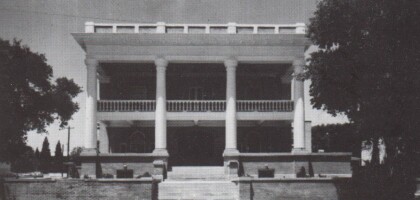





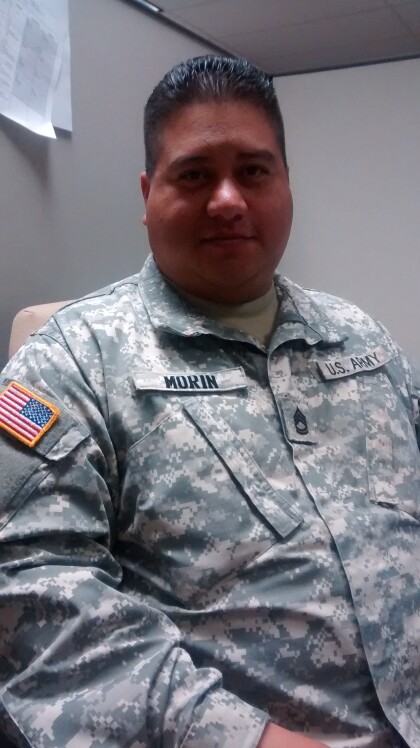
Comentarios
Hacer un comentario